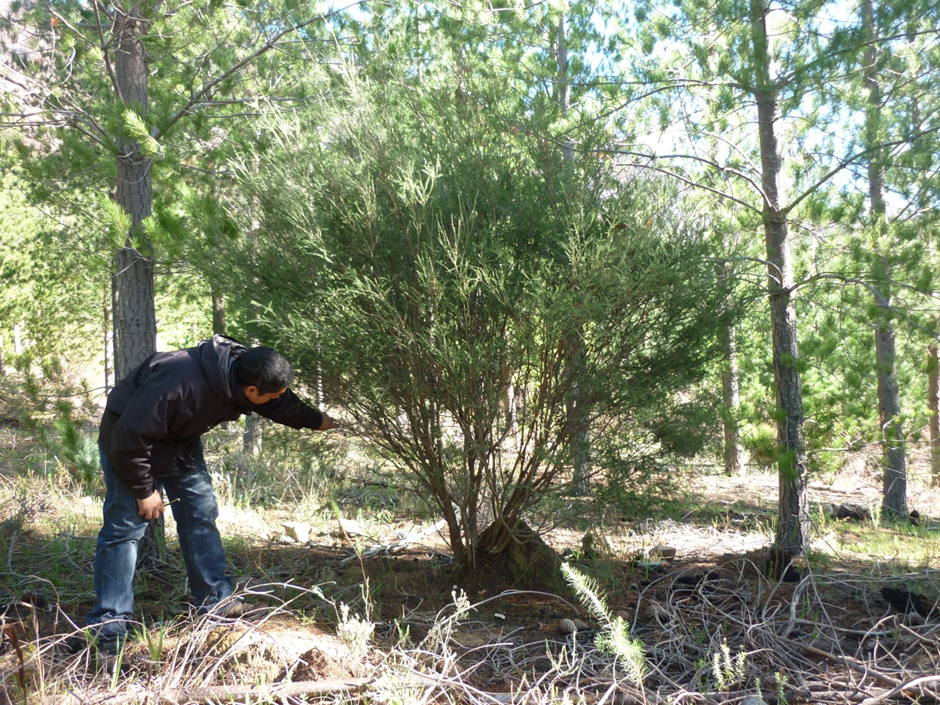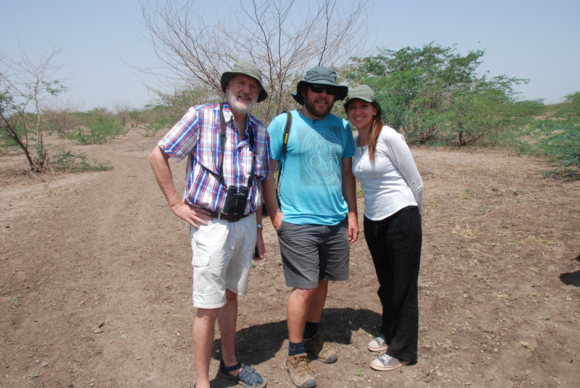16 March 2015 | By Llewellyn Jacobs
Research on rough-barked Honey Myrtle (Melaleuca parvistaminea) in South Africa began in 2009 when the newly formed SANBI’s Invasive Species Programme attempt to identify potentially invasive alien plant species as targets for eradication.
A paper published by C·I·B researchers Llewellyn Jacobs, Dave Richardson and John Wilson, documented and assessed management options for the first reported invasion of Melaleuca parvistaminea. To evaluate its invasiveness and whether this species could be eradicated on a national scale, the authors collected data on the distribution and size/age structure of current populations. Surveys found that the entire invasion is restricted to three sites between Tulbagh and Wolseley in the Western Cape.
The authors found that under the right conditions, M. parvistaminea formed dense stands that overtop the native shrubland vegetation (Breede Shale Renosterveld) and is thus considered a potential transformer species. Distribution modelling showed that large areas of the Western Cape provide ideal climatic conditions for this invader. Given these threats, eradication of M. parvistaminea is desirable. Since seeds only survive for about a year and seedlings mature after 4 years, and the species is an obligate reseeder, eradication is possible. Furthermore, no evidence of a soil-stored seed bank was found, and if plants were cut at ground level and treated with herbicide after cutting, the plants did not resprout.
“Due to the limited distribution, earliest reproduction age at only four years, short seed viability of less than one year and lack of soil stored in the seed bank, we believe that eradication is feasible and could be achieved by the year 2021.” says Llewellyn Jacobs, lead author of the paper and C·I·B MSc candidate. He adds that “Vital to the success of any eradication project is institutional commitment to consistently search for and destroy invasive plants. We have that support from SANBI’s Invasive Species Programme, who is currently implementing the eradication plan proposed in the paper.”
A striking aspect of this study was the discovery that the initial identification was incorrect. This discovery came through an attempt to understand the biology of the species. The importance of the incorrect initial identification as Melaleuca ericifolia, emerged as this species has significant differences in reproductive strategy when compared with M. parvistaminea, although morphologically they are quite similar.
Read the paper
For more information, contact Llewellyn Jacobs at ljacobs@capenature.co.za



